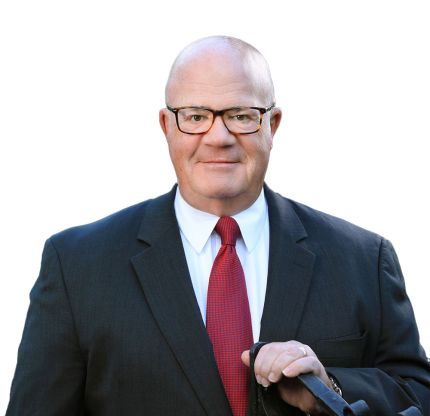

New Research: Why 99% of Funeral Facilities Reinforce Negative Stereotype
The Funeral Service Foundation has just released the results of its “Bleeding Edge” research project with world renowned Olson-Zaltman Associates simultaneously revealing both disturbing and encouraging insights.
Recognizing that the growth of cremation has more than doubled (leaping from 1% to more than 2% annually in the last several years) The Funeral Service Foundation commissioned the unconventional market research using the patented ZMET process to study:
THE MARKET WE ARE LOSING.
The ZMET process is an unconventional approach to market research focused on uncovering the unconscious metaphors consumers use to relate with and make choices about a given service or product. Olson Zaltman developed the process while its founders were still professors at Harvard and Penn State in the 1990’s. It has since been embraced by a veritable “who’s-who” of Global companies, universities, non-profits and governments.
The results didn’t so much tell us anything new as they revealed how we are unintentionally reinforcing negative stereotypes which may be causing the market to seek out alternatives.
The Foundation will be rolling out the results of this research at the upcoming NFDA Convention TUESDAY OCTOBER 9 AT 7:30 AM. (SEE NOTE BELOW) in a program entitled:
Breaking the Consumer Code: New Insights Into Ways Consumers Really Think About Funerals
The program will cover the findings and attempt to identify the far-reaching implications for us and how the profession needs to begin the process of transformation over the next 5 or more years to remain relevant in this NEW NORMAL.
Attendees will learn:
- Why 99% of funeral home facilites reinforce consumer attitudes toward death and what you can do to transform
- Why conventional funeral home advertising not only reinforces negative stereotypes but may be driving consumers to look for alternatives
- How consumers are projecting their feelings about death onto practitioners and how we need to reposition ourselves to change that perception
- What is most important to “Baby Boomers” and how they want to be integrated into the planning process for their parents and themselves
- How our profession is experiencing its own grief cycle as it grapples with the transformation of its livelihood
- The NEXT STEPS FAMIC and The Foundation are taking to make resources available to practitioners to facilitate their adaptation
I strongly urge you to attend this pivotal event.
For your interest below is a brief interview with Gerald Zaltman, The Joseph C. Wilson Professor Emeritus, Harvard Business School, explaining how the ZMET process works in the context of a project Olson Zaltman Associates did for Coca Cola.
Special note: this program, Breaking the Consumer Code: New Insights Into Ways Consumers Really Think About Funerals, was originally scheduled for Sunday October 7. It has been rescheduled due to popular interest to Tuesday October 9 at 7:30 AM See your program guide for room number.
Our Blogging Expert

Business Consultant / Owner
Popular Articles

